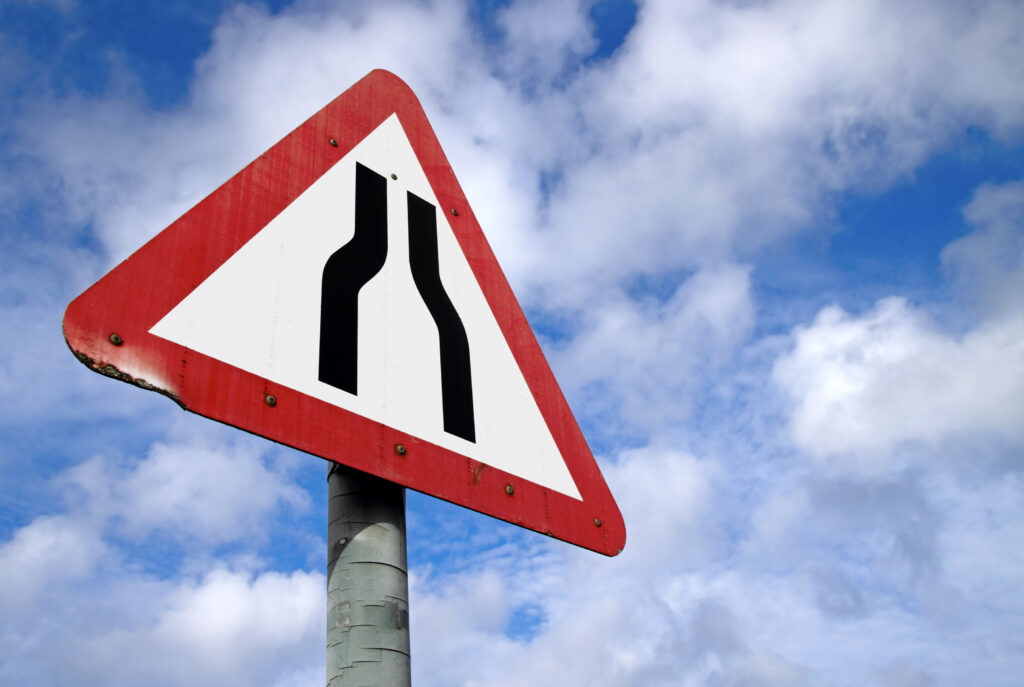
Truck drivers are extremely safe drivers and meet all safety standards on the road because their career depends on it. To effectively interact with other drivers, they follow an unspoken code rather than simply following a list of laws. Compliance with these laws and regulations promotes smooth traffic flow, prevents accidents, and keeps everyone on the road safe.
At Bay and Bay Transportation, we’ve decoded these important road signals so you can understand and use them yourself.
The History Behind the Signals
Before turn signals and brake lights came into effect, truck drivers only relied on hand signals to indicate their movement. After the first-ever signal lights were introduced in 1907, they looked like hands to mimic the same gestures.
Let’s get into some of the most important truck driver signals every driver should know.
“I’m Turning”
One of the simplest but most important signals is the turn signal. Here’s how you can get it right:
- Signal early. Give plenty of notice before turning so other drivers have time to react.
- Keep your signal on. Don’t cancel it until you’ve fully completed your turn.
- Watch for wide turns. Trucks often need extra space to turn, which can be confusing for other drivers. If a semi swings left before turning right, it’s not changing lanes—it’s just making room for the turn.
And don’t forget to turn off your signal once you take your turn! Unlike most cars, many trucks don’t have automatic turn signal shut-offs.
“I’m Merging or Passing”
Lane changes in a truck require careful communication. Here’s how truckers signal their intentions:
- Use your blinker early to let others know you’re merging.
- Check your surroundings and make sure there’s enough space.
- Give an extra warning. A quick flash of headlights or a light horn tap can help alert other drivers.
- Keep the signal on until fully merged, then cancel it once you’re safely in your lane.
“It’s Safe to Pass”
If a truck in front of you wants to merge. Here’s how you can help:
- Flash your headlights when the truck’s trailer has fully cleared your car, signaling that it’s safe for them to move over.
- Watch for a “thank you.” Many truck drivers flash their trailer lights as a courtesy in return.
“I’m Slowing Down or Stopping”
To prevent rear-end collisions, truck drivers use brake light signals:
- Tap the brake pedal lightly to flash your brake lights and warn drivers behind you.
- If stopping suddenly, use hazard lights to send an urgent signal.
“There’s a Hazard Ahead”
Sometimes, drivers need to warn each other about upcoming dangers. If oncoming traffic flashes their lights multiple times, take caution.
If you’re the one stopping suddenly:
- Turn on your hazard lights to immediately alert other drivers.
- Keep your lights on until traffic has adjusted and it’s safe to proceed.
“I’m Here”
In bad weather or low-light conditions, visibility is key. Always make sure you’re easily seen:
- Turn on your headlights in rain, fog, or twilight hours.
- Use full headlights, not just clearance lights, to ensure other drivers can see you.
Know the Code, Drive Safer
Whether you’re an experienced truck driver or someone who drives a lot, understanding these signals is key in roadway safety. Trucking is more than just driving. Communication, awareness and following safety standards should be every truck driver’s number one priority.
At Bay and Bay, we are always searching for motivated drivers to join our team. If you’re looking for a career with a reputable transportation company, look into our OTR and local truck driving possibilities today!
